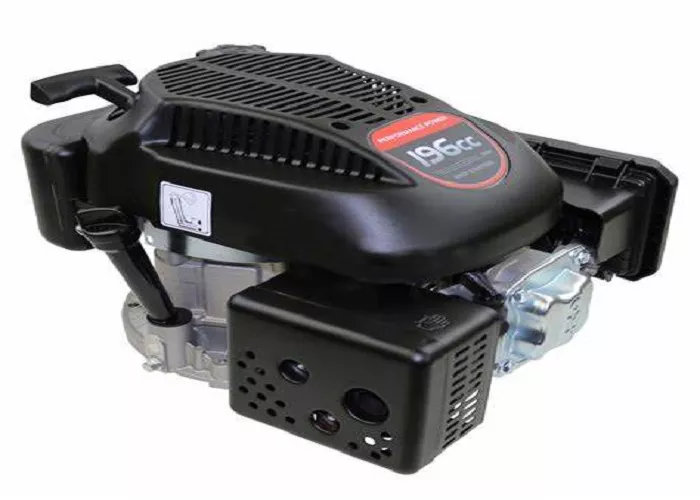Lawn mowers are essential tools for maintaining lawns, gardens, and other green spaces. One of the most critical components of a lawn mower is its engine, which determines its efficiency, power output, and overall performance. Most modern lawn mowers use four-stroke (four-cycle) engines, though some older or smaller models may still employ two-stroke (two-cycle) engines. Understanding the differences between these engine types, their working principles, and their applications in lawn mowers is crucial for professionals and enthusiasts alike.
Basic Definitions: Two-Stroke vs. Four-Stroke Engines
Two-Stroke Engines
- Upstroke (Compression & Ignition)
- Downstroke (Power & Exhaust)
These engines are simpler in design, lighter, and often more powerful for their size compared to four-stroke engines. However, they tend to be less fuel-efficient and produce higher emissions.
Four-Stroke Engines
Intake Stroke: Air-fuel mixture enters the cylinder.
Compression Stroke: The mixture is compressed.
Power Stroke: Spark plug ignites the mixture, driving the piston down.
Exhaust Stroke: Burnt gases are expelled.
Four-stroke engines are more fuel-efficient, produce fewer emissions, and are generally more durable. However, they are heavier and mechanically more complex.
Working Principles of Each Engine Type
How a Two-Stroke Lawn Mower Engine Works
First Stroke (Upward Movement – Compression & Intake)
- The piston moves up, compressing the air-fuel mixture in the combustion chamber.
- Simultaneously, fresh fuel-air mixture is drawn into the crankcase through the intake port.
Second Stroke (Downward Movement – Power & Exhaust)
- The spark plug ignites the compressed mixture, forcing the piston down.
- As the piston descends, it uncovers the exhaust port, allowing burnt gases to escape.
- Fresh mixture from the crankcase is pushed into the cylinder, ready for the next cycle.
How a Four-Stroke Lawn Mower Engine Works
Intake Stroke
The intake valve opens, and the piston moves down, drawing in the air-fuel mixture.
Compression Stroke
Both valves close, and the piston moves up, compressing the mixture.
Power Stroke
The spark plug ignites the mixture, forcing the piston down, generating power.
Fuel and Lubrication Requirements
Two-Stroke Engines
Require mixed fuel (gasoline + oil): Typically at a 50:1 or 40:1 ratio.
No separate oil reservoir: Lubrication occurs through fuel mixture.
Prone to carbon buildup: MRequires frequent cleaning.
Four-Stroke Engines
Separate oil sump: Requires periodic oil changes (SAE 30 or 10W-30 common).
Cleaner combustion: Less residue buildup.
Environmental and Performance Considerations
Emissions and Pollution
- Two-stroke engines emit 30% more hydrocarbons due to incomplete combustion.
- Four-stroke engines comply with EPA and EU emission standards, making them more eco-friendly.
Noise Levels
- Two-stroke engines are louder due to higher RPMs.
- Four-stroke engines operate more quietly, ideal for residential areas.
Power Delivery
- Two-stroke engines provide instant torque, better for lightweight mowers.
- Four-stroke engines offer smoother power, better for heavy-duty mowing.
Future Trends in Lawn Mower Engine Technology
Shift Toward Four-Stroke and Electric Motors
- Stricter emissions laws are phasing out two-stroke engines.
- Battery-powered mowers are gaining popularity due to zero emissions.
- Hybrid models (gas-electric) are emerging for better efficiency.
Advancements in Fuel Injection
- Electronic Fuel Injection (EFI) is replacing carburetors for cleaner combustion.
- Auto-lubrication systems reduce maintenance needs.
Conclusion
Most modern lawn mowers use four-stroke engines due to their fuel efficiency, lower emissions, and durability. However, two-stroke engines still find use in lightweight or specialized mowers where power-to-weight ratio is critical.
For homeowners: A four-stroke mower is the best choice for long-term reliability and environmental compliance.
For professionals needing portability: Some two-stroke models may still be viable, though alternatives like battery mowers are becoming preferable.

